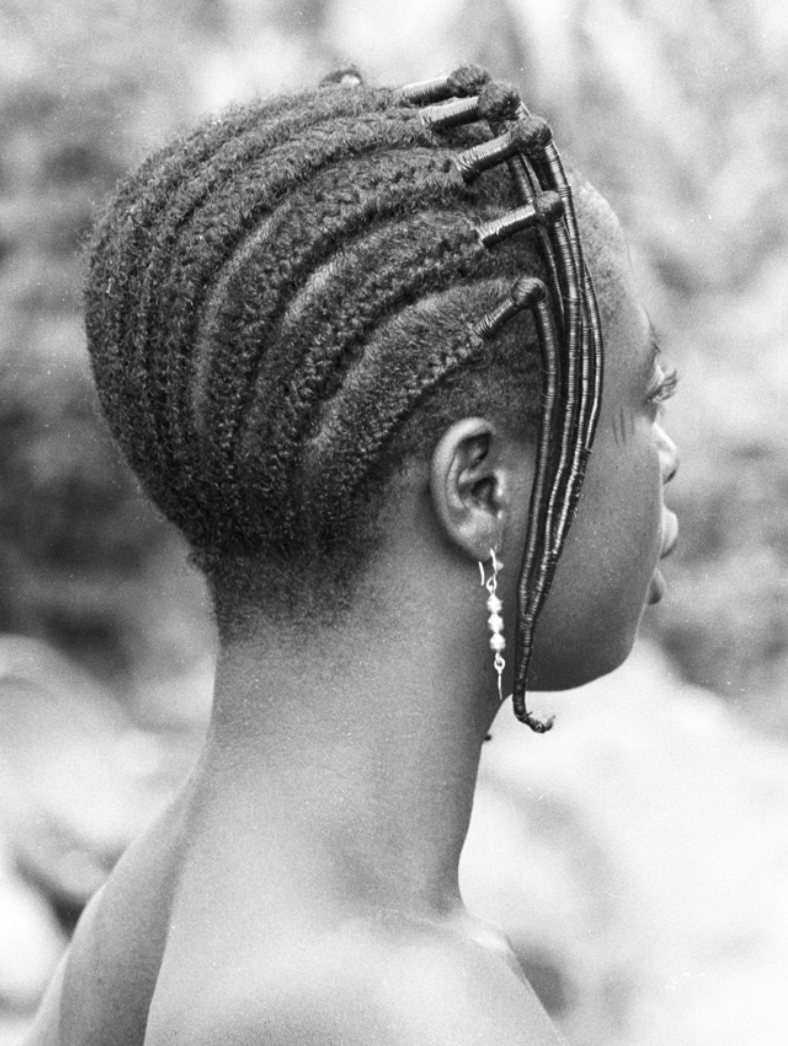ROOTS OF BRAIDS
Beyond three strands of hair, there is a deep rooted painful story that African Americans had to endure in America that many are not familiar with. As a middle eastern woman, trying to inhabit a business that holds deep cultural significance is not simple.
With a platform like House Of Braid, my goal is to not only educate those who are not familiar with the representation of braids but to spread awareness on the beauty of black culture.
Hair braiding has a long history of innovation and adaptation in America. Because of this, it is crucial that people understand that cornrows are not a pop culture fad and that they realize how deep the roots of hair braiding are in the black community. Black hair has been taunted, scorned, discriminated against, and policed since colonizers arrived in Africa. Furthermore, Black hair represents a sense of strength and a symbol of creativity.
In ancient times, braid patterns and hairstyles were indications of ones wealth, marital status, ethnicity, age, & religion. These unique styles were a way to set tribes apart from each other and was an integral part of their language system. Around the year 1619, when Africans were forced into slave ships, many colonists shaved African women’s hair dehumanizing them by stripping their sense of pride and identity. The theft of these customs from one continent evolved into new cultural traditions on another. They even created laws to prohibit black women from wearing braids in public, so they had to conceal their hair and make it known that they were slaves by wearing head scarves.
Cornrows were a sign of resistance for slaves because they used it as maps to escape from slavery and they would hide rice or seeds into their braids on their way to enslavement. In an effort to reject the Euro centric beauty standards, America experienced its first natural hair movement in the 60s and 70s — the Black Power Movement— this allowed Black people to model picked out afros as well as cornrows.
To this day, many women of color are discriminated by the texture of their hair and the braid styles they wear in corporate settings. Many even get fired for wearing braids or dreads. It is important for everyone to learn about the history of braids and to know that it is not just a cute style to wear. Braids are a protective hair style for many, and it holds a deep meaning to most.
As a community we must come together to alter these negative notions and respect the roots of braids. Braids are beautiful and they symbolize resistance, freedom, love, and power coming to fruition. If you are an individual that is interested in getting braided it is pertinent that you know the struggles black women had to endure in America as well as the culture that braids were built on. I urge everyone to embody the beauty of braids and shed light on those around you by eliminating the stigmatization that braids carry.











